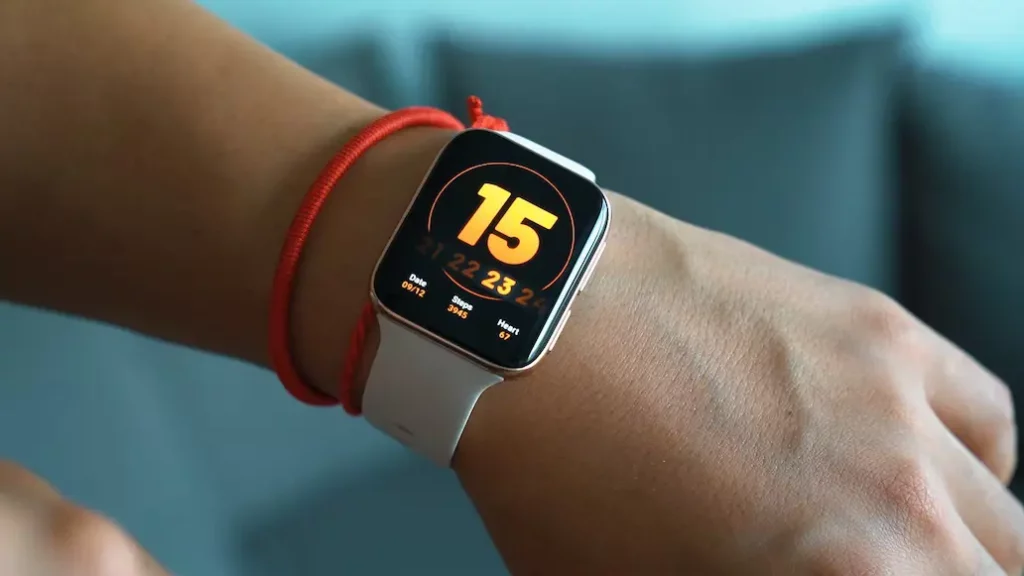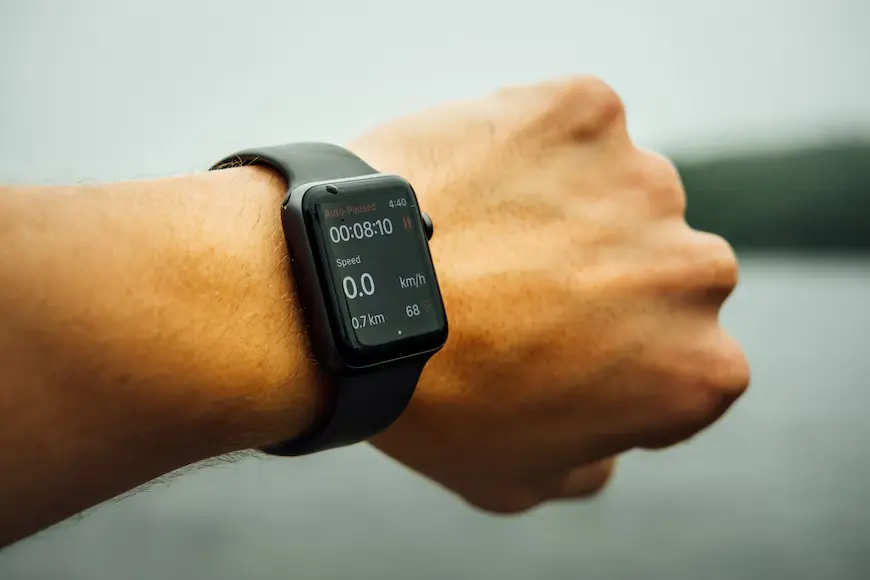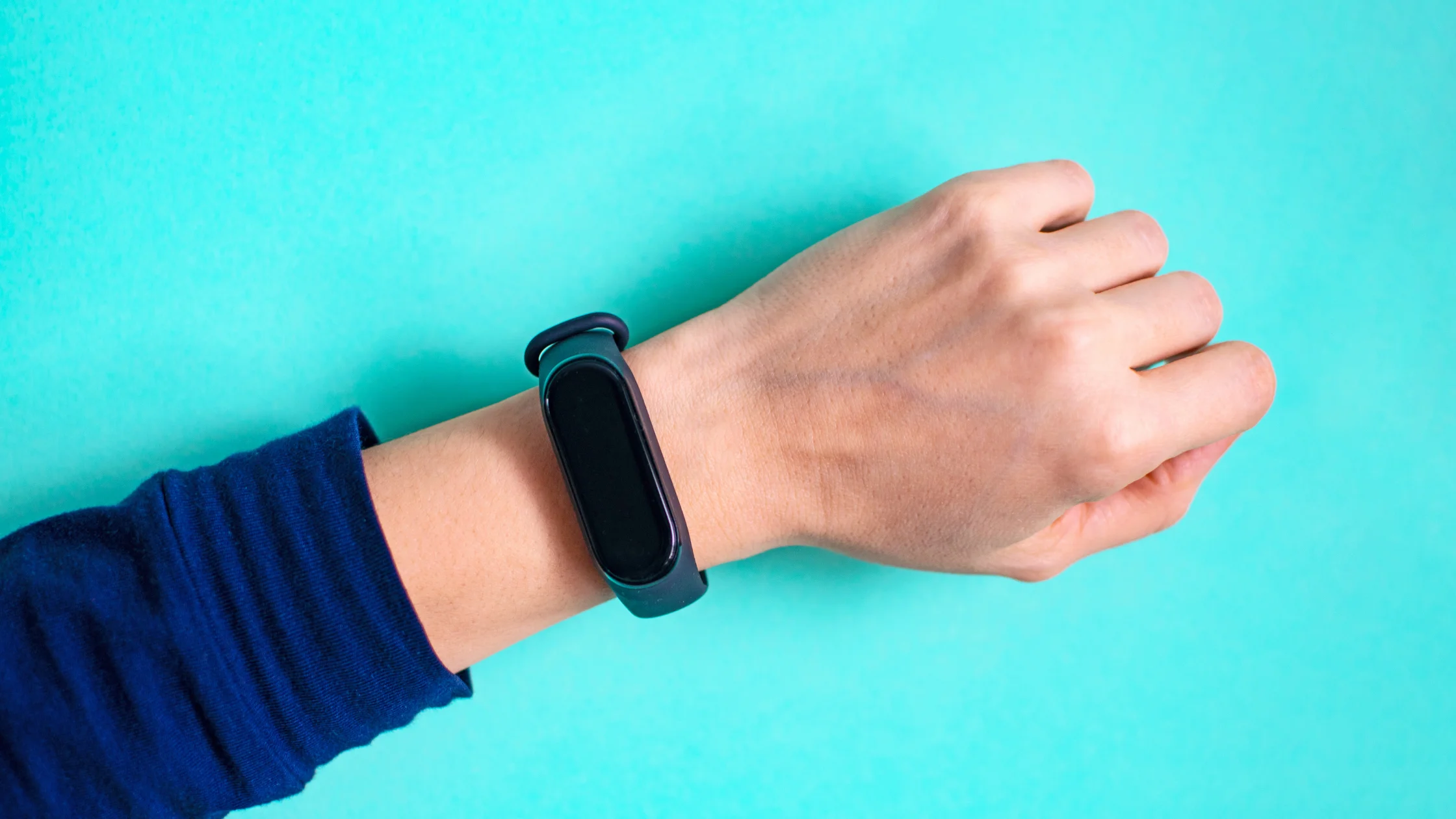Understanding the Causes of a Dim Fitbit Display A dim Fitbit display can be a frustrating experience, but it’s important to understand what may be causing the issue.

- Display damage: The Fitbit’s display may be damaged or cracked, which can cause it to become dim. This may be caused by dropping the device or exposing it to extreme temperatures.
- Loose connections: If the connections between the display and the rest of the device are loose, the display may not function properly. This may be due to manufacturing defects or damage to the device.
- Display backlight failure: The backlight is responsible for illuminating the display. If the backlight fails, the display will become dim or not display anything at all.
- Battery problems: The Fitbit’s battery may be damaged or depleted, which can affect the display brightness.
- Software or firmware issues: Sometimes, software or firmware issues can cause hardware problems, including display issues.
Here are some tips to avoid a dim Fitbit display:
- Keep it charged: Make sure your Fitbit is fully charged to avoid a dim display.
- Adjust brightness: Change the brightness level in the settings to a higher level if the display is too dim.
- Disable always-on display: If you’re not using the always-on display feature, turn it off to conserve battery life.
- Reduce screen timeouts: Shorten the screen timeout in the settings to keep the display active for longer periods.
- Disable features: Disable features that you’re not using, such as notifications, to conserve battery life.
- Use a power-saving mode: Enable power-saving mode if your Fitbit supports it to conserve battery life.
If you suspect a hardware issue is causing your Fitbit’s display to be dim, you should contact Fitbit customer support for assistance. They may be able to provide a replacement device or repair your current device if it is covered under warranty.
There are several possible reasons why a Fitbit display may appear dim, including battery life and power management, brightness settings and adjustments, firmware or software updates, screen protectors or cause interference, Fitbit model-specific issues, and more.
Battery Life and Power Management

One of the most common reasons for a dim Fitbit display is its low battery. To fix this, simply charge your Fitbit to its maximum capacity. You should also try to conserve battery life by reducing the brightness of the display or disabling certain features that use more power, such as constant heart rate monitoring.
- Adjust Screen Brightness: Reduce the brightness of the screen or turn on the always-on display option to save battery life.
- Turn off Notifications: Turn off notifications for text messages, calls, and other apps to conserve power.
- Limit Background Syncing: Keep the background syncing feature to a minimum to reduce power usage.
- Turn off GPS: Use GPS only when necessary as it consumes a lot of power.
- Disable Always Move Reminders: If you don’t use the Move reminders feature, turn it off to conserve battery life.
- Use Battery Saver Mode: Enable the Battery Saver mode when the battery is low to extend the battery life.
- Charge Regularly: Regularly charge your Fitbit device to maintain its battery health.
- Update Firmware: Regularly update the firmware of your Fitbit device to improve its power management and battery life.
Brightness Settings and Adjustments
If the brightness setting on your Fitbit is set too low, the display may appear dim. You can adjust the brightness of your Fitbit in the settings menu. If you still find the display to be too dim, try increasing the brightness to a higher level.
Firmware or Software Updates
A dim Fitbit display can also be a result of outdated firmware or software. To check for updates, go to the Fitbit app on your phone, navigate to the settings menu, and look for any available updates. Installing the latest software update can resolve many issues, including a dim display.
Screen Protectors or Case Interference

Screen protectors and cases can sometimes interfere with the Fitbit display, causing it to appear dim. If you’re using a screen protector or case, try removing it and see if the display improves.
Fitbit Model-Specific Issues and Solutions
Different Fitbit models have different features and specifications, and some models may have specific issues that cause the display to appear dim. To resolve these issues, check the Fitbit support website for troubleshooting guides and solutions specific to your model.
Seeking Professional Help for Repair or Replacement
If you’ve tried all the previous solutions and your Fitbit display still appears dim, it may be time to seek professional help. You can contact Fitbit support for repair or replacement options, or take your Fitbit to an authorized repair center for further assistance.
Maintenance Tips for Optimal Fitbit Performance

- Keep it clean: Wipe the device regularly with a cloth to remove sweat, dirt, and oils.
- Charge regularly: Make sure to keep your Fitbit charged to ensure it’s always ready for use.
- Avoid water damage: Remove the device before showering or swimming, as exposure to water can cause damage.
- Software updates: Regularly check for software updates to ensure your Fitbit has the latest features and bug fixes.
- Avoid extreme temperatures: Don’t expose your Fitbit to extreme heat or cold, as this can affect battery life and performance.
- Store properly: Store your Fitbit in a cool, dry place when not in use to protect it from damage.
- Restart periodically: Restart your Fitbit occasionally to clear its memory and improve performance.
Exploring Alternative Wearable Technology Options
If you’re not satisfied with your Fitbit, there are many other wearable technology options available on the market. Consider exploring alternatives such as smartwatches, fitness trackers, and health monitors to find a device that best fits your needs and preferences.
Staying Ahead of the Curve with the Latest Wearable Trends and Features

The wearable technology market is constantly evolving, with new devices and features being introduced regularly.
Staying up to date on the latest trends and features can help you make informed decisions about which wearable technology is right for you.
Keep an eye out for new releases and updates from Fitbit and other wearable technology companies to stay ahead of the curve.
FAQS
How can I adjust the brightness on my Fitbit?
To adjust the brightness on your Fitbit, go to the settings menu and find the brightness option. You can then adjust the brightness to your desired level.
How do I turn off battery saver mode on my Fitbit?
To turn off battery saver mode on your Fitbit, go to the settings menu and find the battery saver option. Turn off battery saver mode to restore the brightness.
How can I reset my Fitbit to fix a dim display?
To reset your Fitbit, press and hold the button on the side of the device for 15 seconds. Release the button when the Fitbit logo appears on the display.
What should I do if my Fitbit display is still dim after trying these solutions?
If your Fitbit display is still dim after trying these solutions, it may be a hardware issue. Contact Fitbit customer support for assistance.
If you’re unable to resolve the issue, consider reaching out to Fitbit support for additional help and guidance. They may be able to provide a replacement device or repair your current device if it is covered under warranty.


![What Is Water Lock On Fitbit? [Guide 2024]](https://wearurtech.com/wp-content/uploads/2022/10/what-is-water-lock-on-fitbit-450x253.png)



